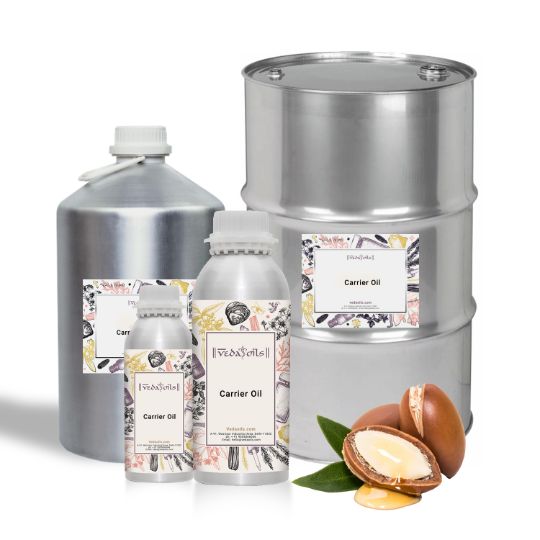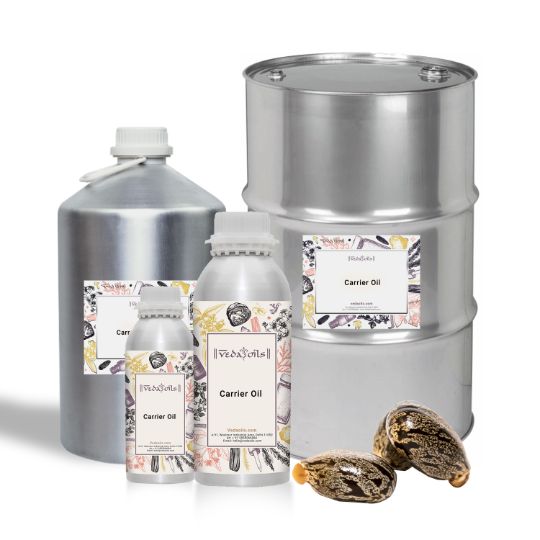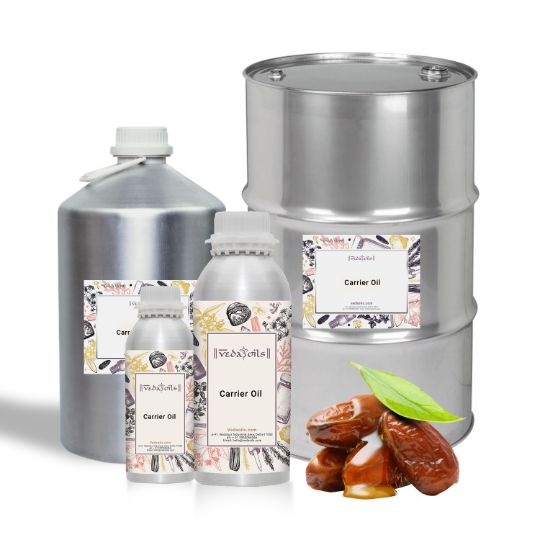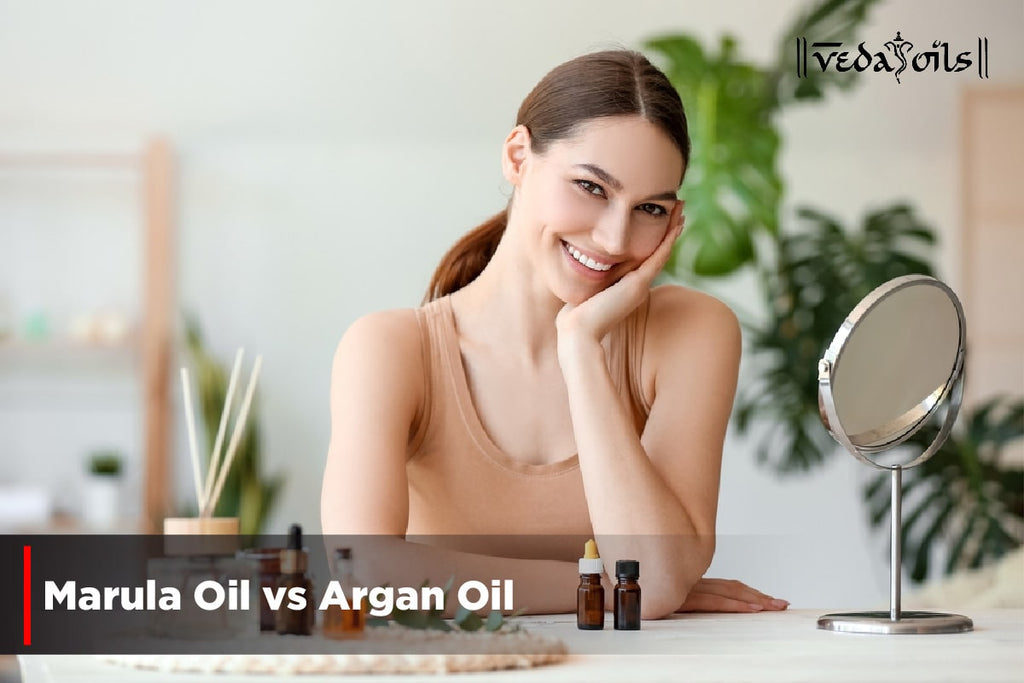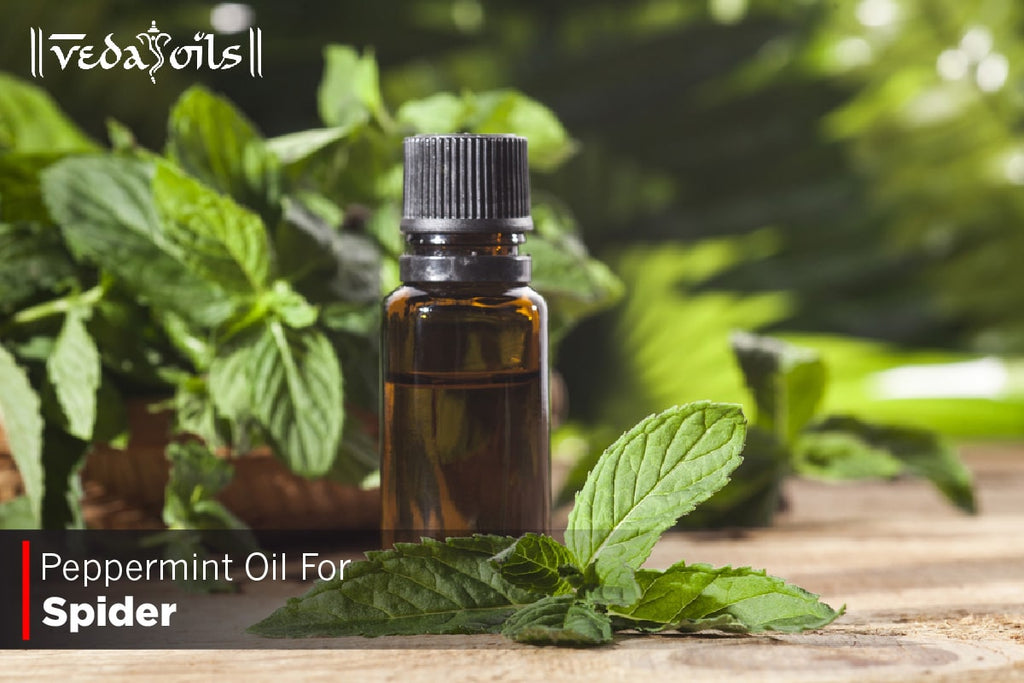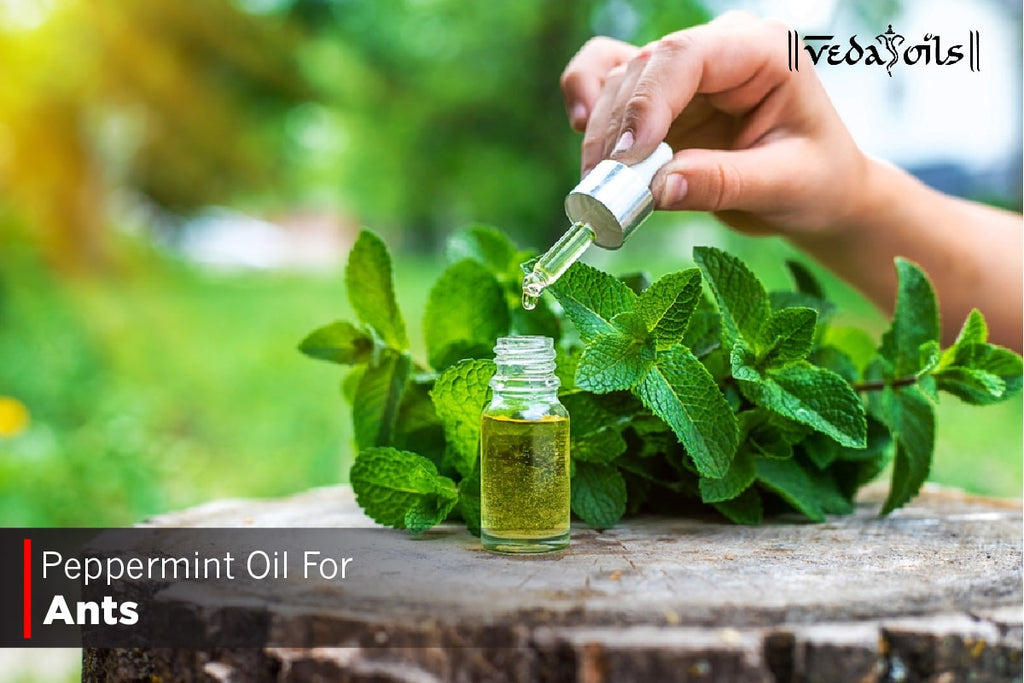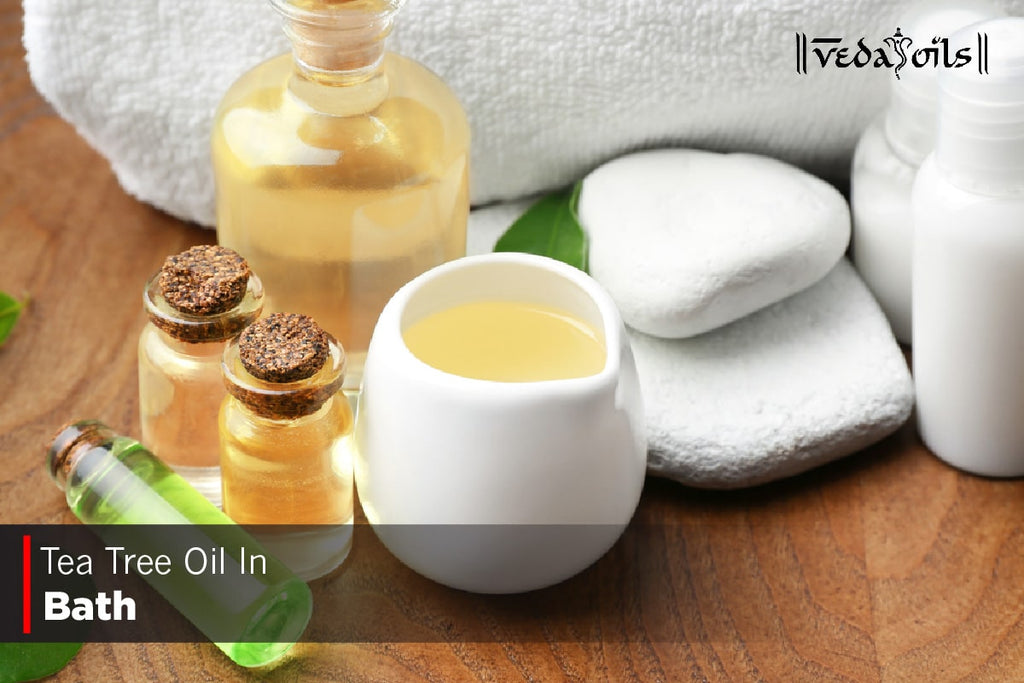Perhaps one of the most interesting things about Jojoba oil is that the composition of this oil is very similar to that of the sebum in the skin. Interestingly enough, this is a liquid wax ester and not an oil. In this article, we will discover the magic of jojoba oil and see its benefits.
Jojoba oil is a very potent skincare agent and will keep your skin moisturized, hydrated, and protected from the environment. It is also anti-fungal in nature and will promote healthy hair growth too. Used alone or when blended with essential oils, Jojoba is one oil you should certainly consider including in your hair and skincare regimen!
We will see everything from its historical uses to chemical composition. We will also explore its different varieties and see how the plant is cultivated and the oil harvested. Jojoba oil is indeed a gift of nature: a very precious one indeed!
Table of Contents
- Jojoba Carrier Oil in a Nutshell
- Historical Context of Jojoba Oil
- The Chemical Composition of Jojoba Oil
- How is Jojoba Cultivated?
- The Extraction Process of Jojoba Oil
- Jojoba Oil Uses
- Jojoba Oil Grades and Uses
- Precautions When Using Jojoba Oil
Jojoba Carrier Oil in a Nutshell
One of the most interesting things about Jojoba oil that only a few people really know about is that this is not an oil at all. Yes, that’s right! This is a liquid wax ester essentially. Did you know that Jojoba seeds were ground by the native Americans in the 18th century to make a salve? This had medicinal uses and also conditioned the hair.
The composition of Jojoba oil is such that it resembles that of the sebum present in the skin. This obviously has a lot of implications for its use and benefits. The oil serves as an excellent moisturizer and cleanser. It will also keep oil production under control in the hair and the skin.
The oil is used to make the hair and the skin look healthier. It will also remove irritation and reduce blemishes.
Historical Context of Jojoba Oil
We will now discuss some of the historical uses of Jojoba oil. The seeds of Simmondsia chinensis yield the oil-like liquid that is called Jojoba Oil. However, as we discussed already, this is not technically an oil; it is a liquid wax ester.
The term “Hohowi” refers to the seeds or nuts which give the oil its name. This term has its origins in the language of the O'odham. The latter is a native tribe of America that is credited to have discovered the uses of the seeds.
It is said that the communities made a paste with anti-oxidant properties. The paste was extracted from the nuts and had immense benefits for the skin and the hair. It was also discovered that the paste made from the nuts had many medicinal uses. It could heal wounds, burns, and sores as well.
The seeds of Jojoba were ground and certain hot beverages were made from them too. During dire situations, people often ate Jojoba nuts. The seeds were also used by pregnant women and they were believed to facilitate easier childbirth.
The Jojoba nut is made of 50% wax and it is not digested by the human system with ease. It, therefore, passes through the digestive tract as it is, and is a powerful laxative.
The Jojoba seeds were often softened in the 18th century by natives who heated and ground them into a butter-like salve with a pestle and mortar. This paste had cosmetic applications and was used on the hair and the skin as an ointment. It was also used as a conditioner.
The salve that was made in this manner also served as a softener for animal hide and was also used as a preservative.
The use of Jojoba oil in mainstream cosmetics is quite recent. Sperm whale oil was earlier used until the hunting of whales was criminalized in the last century. Animal waxes were then banned and Jojoba oil was increasingly used.
It has excellent moisturizing properties and suits various skin types. In fact, experts believe Jojoba is superior to animal wax. The oil has hypoallergenic properties and has lots of minerals and vitamins.
It helps keep the hair and the skin healthy and is useful on sensitive skin too. The oil is also immensely hydrating and will balance oil levels. It also makes the skin youthful and reduces irritation and undesired marks.
The Chemical Composition of Jojoba Oil
We will now discuss the chemical composition of this oil that comprises of numerous vitamins and minerals.
Gadoleic Acid (also called Eicosenoic acid)
- This acid is said to have emollient characteristics
- It will not block the pores on the skin (non-comedogenic)
- It is quickly absorbed into the skin
- Balances oil levels and removes oiliness
Erucic Acid
- It has emollient characteristics
- It is a lubricant and will keep the hair and the skin healthy
- Non-greasy
- Known for its oxidative stability effects
- Is silky in its texture
- Great natural substitute for silicone
Palmitoleic Acid
- Moisturizes the skin and tightens it
- Anti-aging properties
- Boosts healthy hair growth
- Improves complexion
- Promotes healthy nail growth
- Improves the elasticity of the skin and keeps wrinkles away
Oleic Acid
- Helps keep the skin radiant, supple, and soft
- Keeps the hair luscious, thicker, and stronger
- Anti-aging properties, removes fine lines and wrinkles
- Removes dandruff and promotes healthy hair growth
- Improves immunity levels
- Powerful anti-oxidant action
- Removes inflammation, pain, and stiffness in the joints
Palmitic Acid
- Known for its emollient action
- Softens the hair and does not leave an oily residue
- Common saturated fatty acid
- Known for antioxidant action
Stearic Acid
- Cleanses the skin and the hair purging sweat, dirt, and toxins
- Emulsifier that holds oil and water together
- Extends shelf life of products
- Protects hair against damage and makes them lustrous
- Powerful cleansing and softening action
Vitamin B Complex
- Removes aging skins such as fine lines and wrinkles
- Helps the skin retain moisture
- Keeps the texture of hair healthy
- Balances skin pigment levels and fights hyperpigmentation
- Helps wounds heal faster
Behenic Acid
- Soothes the skin while also lubricating it
- Has emollient characteristics, improves skin’s natural oil levels
- Hydrates the skin well
- Improves hair follicles’ health
- Surfactant action
- Will make clear solutions opaque
Vitamin E
- Antioxidant action to slow down aging
- Boosts circulation
- Repairs blemished skin
- Heals burned skin
- Restores moisture
- Deep cleansing action
Jojoba oil, when applied topically, is known to be readily absorbed into the skin and is non-comedogenic. It is also an emollient and is long-lasting in action. It will moisturize, nourish, smoothen, and soften the skin. All without leaving any residue.
The oil is also known for its cleansing action and it keeps the skin safe from dangerous bacteria. It also promotes healthy skin growth. As its chemical constitution is similar to that of the skin sebum, it is quickly absorbed by the skin.
Jojoba also balances the oil levels in the skin and will thus be effective in preventing the onset of acne. It will reduce the secretion of excessive oils. It also forms a protecting barrier on the skin that keeps it safe from the harsh environmental factors.
The oil will also strengthen the cuticles when applied to the nails and will protect against infections.
Jojoba helps promote healthy hair growth and rejuvenates the tissues. It also removes the oiliness on the scalp and keeps excessive sebum in check. Jojoba oil can also condition frizzy and dry hair, making them shiny and manageable.
The oil can be used on damp hair, where it will form a waxy coating on the hair, protecting them from harsh environmental effects and locking moisture inside. The oil also has anti-microbial properties.
It will also protect against dandruff and will repair damaged tissues, bringing relief to the scalp. Ultimately, the oil makes the hair more luscious.
The oil also has powerful antiseptic properties and will help eliminate dangerous microbes such as bacteria from the skin. It will also provide relief in the event of inflammation, itching, wounds, redness, and drying. It can also treat eczema, chapping, burns, psoriasis, and infections.
It is also great for use on skin that is prone to acne as it has deep-cleaning properties. It will also open clogged pores.
Medicinal: Antifungal, Antiseptic, Anti-inflammatory, Analgesic, Stimulant, Tonic
Cosmetic: Emollient, Hydrating, Non-Comedogenic, Cooling, Lubricating, Antioxidant, Strengthening, Anti-inflammatory, Anti-bacterial
How is Jojoba Cultivated?
Jojoba grows as a shrub in the wild and is native to the arid areas of southern California, southern Arizona, and the northwestern regions of Mexico. It also grows in the Colorado desert, the Sonoran desert, and in Baa California desert.
The plantations are found in Australia, Argentina, Mexico, Peru, Israel, and the US. The plant can tolerate high amounts of heat but is damaged when exposed to chilly climes. It also grows in soils that lack adequate nutrients and in those that are saline.
It can also withstand drought conditions and ideally, requires a well-drained, sandy, coarse, and light soil with a slightly alkaline to slightly acidic pH varying from 8 to 5. There’s no need for a lot of water.
The shrub can attain a height of about 19 feet and resembles a small tree in appearance. It has a number of stems. The leaves are waxy, broad, thick, and aerodynamic. They are engineered by nature to minimize water loss as much as possible.
The flowers lack petals. While the male flowers are yellow in color, the female flowers are slightly greenish.
The pollen from the male flowers fertilize the female flowers through the wind or with the help of pollinators such as insects. The fertilized flowers produce the seeds that contain the oil.
The Jojoba fruits grow on the flowers and are pods containing 3 nuts at the most. The nuts are dark brown in color and comprise of the liquid wax known as the “oil”. The plants bear seeds after three years. Drip irrigation is often used in plantations. 3-6 months after fertilization, the ripe pods split and the seed becomes visible. The seeds are manually harvested.
The Extraction Process of Jojoba Oil
The seeds of the Jojoba plant are cold-pressed to yield the oil. They are expeller-pressed to remove the oil. As the oil is never heated, it retains its health benefits.
The unrefined oil is golden and clear and remains liquid at ambient temperature. It has a nutty aroma. The refined oil, on the other hand, is odorless and colorless.
Jojoba Oil Uses
Jojoba oil has several uses: both medicinal and cosmetic. It is used in gels, oils, lotions, shampoos, candles, sprays, and the like. It can moisturize and condition the hair, skin, and nails.
The oil is also effective in fighting fungal infections.
- You can easily create a powerful face mask using the oil. To do that, add some oil drops to the facial clay and use it over the week a few times.
- You could also apply the oil to acne-prone skin as it will protect against blackheads and pimples by balancing the levels of sebum. It will also restore natural skin moisture.
- It is easy to make a powerful moisturizer using the oil. Just blend some essential oil drops of a soothing oil such as lavender with Jojoba oil and apply it after a shower to hydrate the skin. This will make the skin youthful, fresh, and clean.
- If you would like to make massage oil, dilute calming essential oils like Bergamot with Jojoba and use the blend.
- In order to prepare a natural, chemical-free makeup remover, add some Jojoba oil drops to a cotton ball and wipe the face gently to remove blush, foundation, and lip color.
- You can also run the oil in the skin close to the nails to moisturize dry cells.
- If you have dry hair, apply a few oil drops (after slightly heating the oil) and massage well. Rinse out the oil properly with a shampoo
- For frizzy hair, massage a few oil drops on the dry hair areas but do not apply it on the scalp.
- To protect against hair loss and make the hair shiny, add some rosemary oil to Jojoba oil and apply it on the hair and the scalp.
To keep the skin moisturized when you’re outdoors, the oil should be applied to the face and on the other exposed areas of the skin. This will keep them protected.
You can apply the oil as a serum to the face and leave it overnight to make the skin smooth and soft. Blend the oil with beeswax in equal quantity and apply it on the lips as a lip balm. Most lip balms in the market use petroleum jelly as a base.
The Jojoba oil-based balm is very effective and will form a waxy coating on the lips that will keep moisture sealed. It will also keep them safe from cold and wind.
If your skin feels cracked and chapped, apply the oil on the affected areas. Do this after you cleanse the skin using warm water and pat it dry. The oil will also protect against infections caused by bacteria.
Jojoba oil also has lots of medicinal uses and helps fight fungal infections including Athlete’s Foot and toenail fungus. It can also help heal sunburn-affected areas and removes bacteria from wounds. It will also keep inflammation in check.
The oil can be blended with essential oils that relieve pain for relief from arthritis as well as joint pain. This is because the oil quickly penetrates the skin and carries the essential oil to the affected regions.
Jojoba Oil Grades and Uses
Variety of Jojoba Oil |
Origin |
Uses |
|
Jojoba Carrier Oil (Clear & Deodorized) Simmondsia chinensis |
Argentina |
|
|
Jojoba Organic Carrier Oil (Clear & Deodorized) Simmondsia chinensis |
Israel |
|
|
Jojoba Golden Carrier Oil |
Argentina |
|
|
Jojoba Golden Carrier Oil (Deodorized) Simmondsia chinensis |
Argentina |
|
|
Jojoba Golden Organic Carrier Oil Simmondsia chinensis |
Argentina |
|
Precautions When Using Jojoba Oil
Remember that carrier oils are only for external use and under no circumstance should be consumed. You should also keep oils away from children to prevent them from accidentally ingesting them.
The oil is highly safe for most people and should be used topically. However, it can use some side effects including rashes in certain cases. It is thus best to conduct a patch test on your inner arm. Watch out for any allergic reactions for 48 to 72 hours.
If you notice any allergies, stop using the product at once and consult your doctor immediately. In certain cases, the side effects caused might be due to other oils present in the blend. In either case, your medical practitioner would be the best person to help.
Pregnant and lactating mothers should not use the oil without consulting with their doctors first. This goes not only for Jojoba oil but for all essential and carrier oils in general.
How do you typically use Jojoba oil at home? Do you combine it with essential oils or use it by itself for its moisturizing and cleansing properties? We are all ears to know how the oil works for you. Leave us your thoughts in the comments section below!


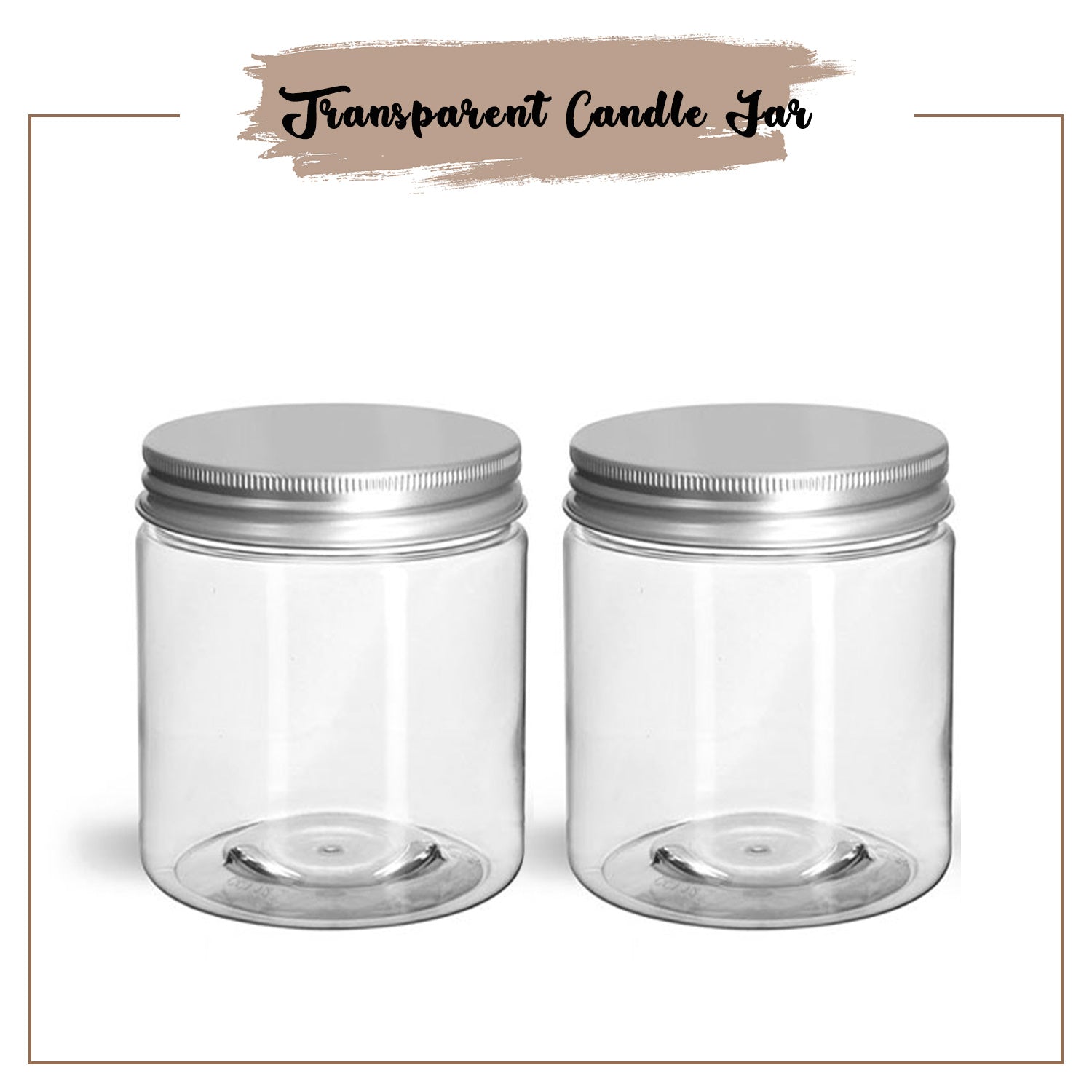

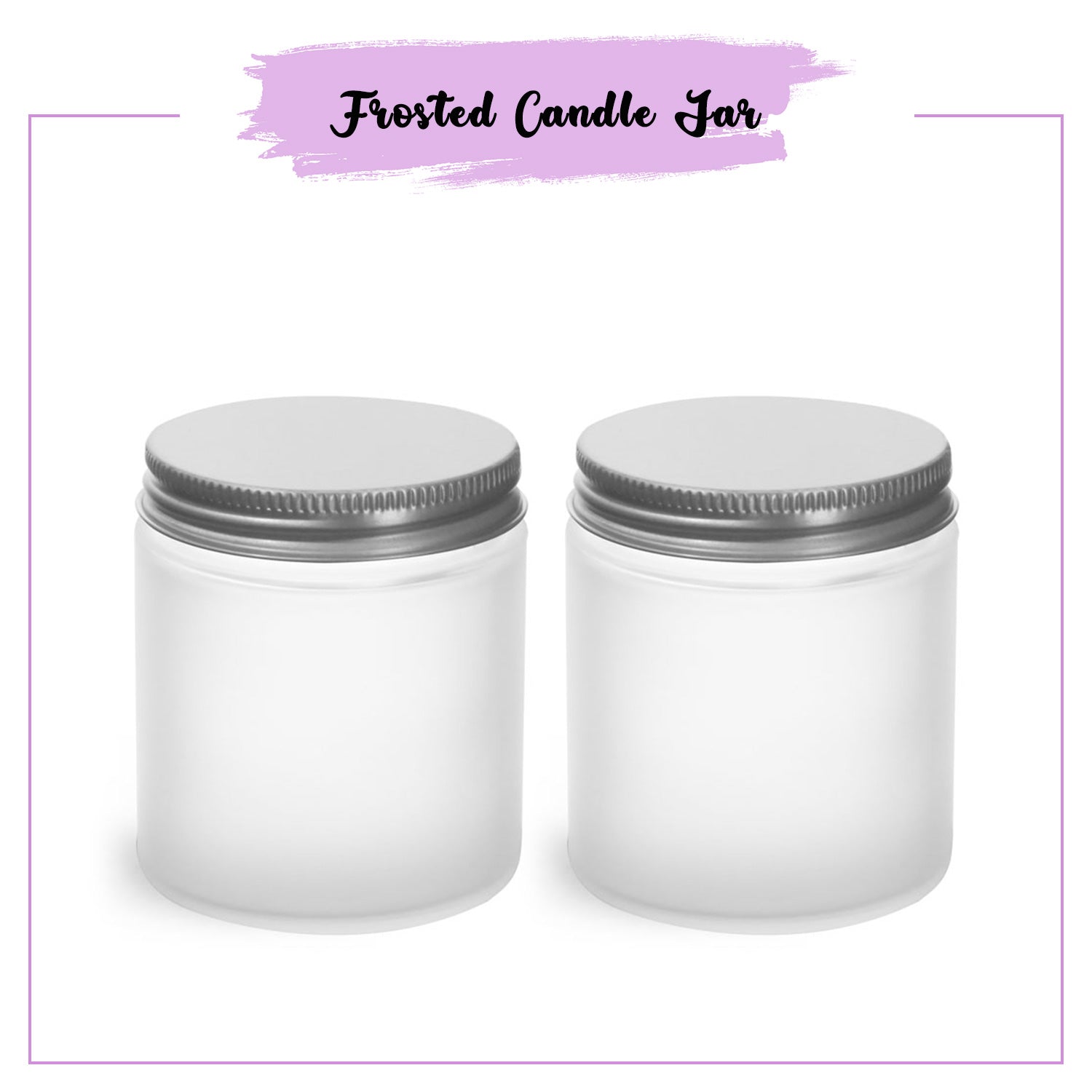



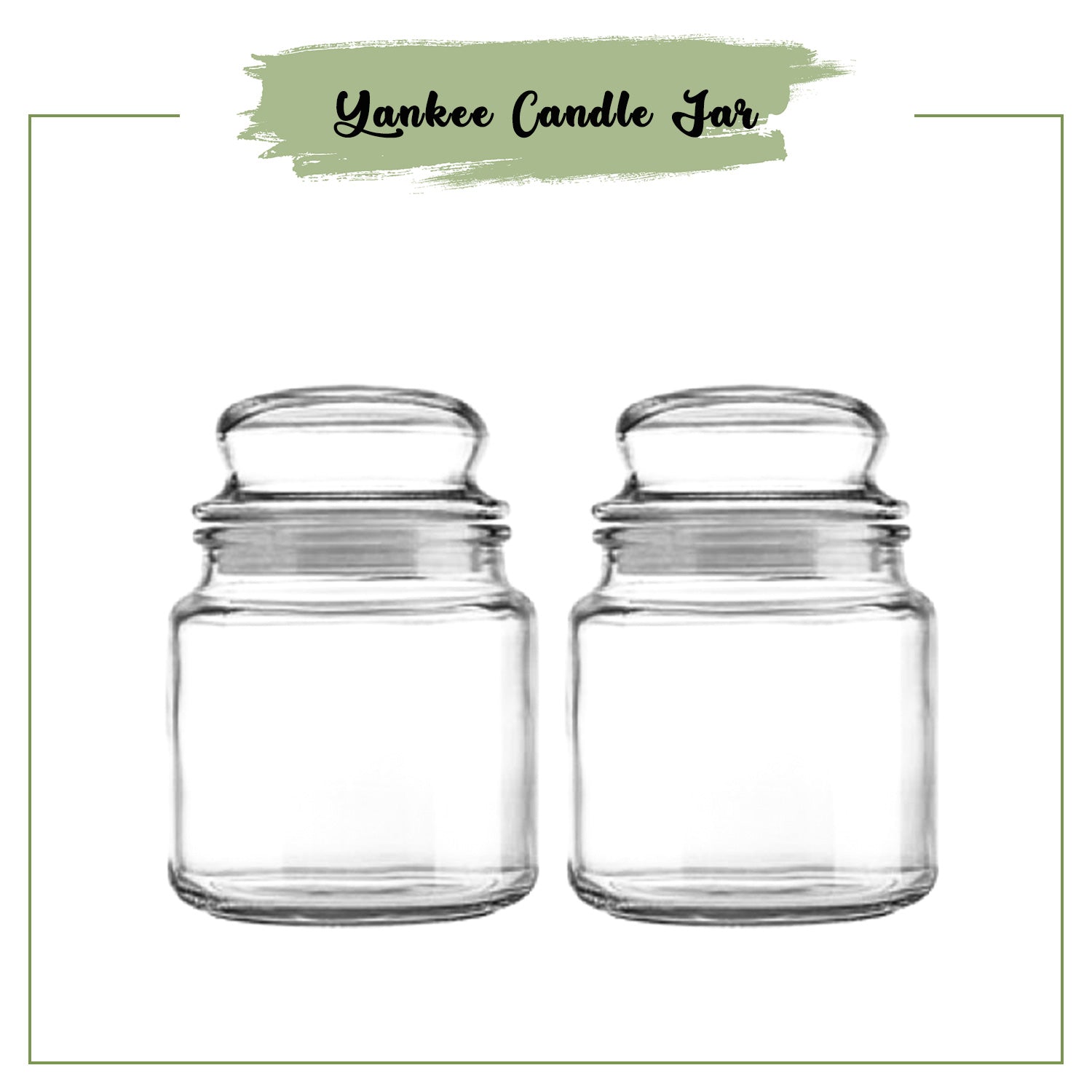

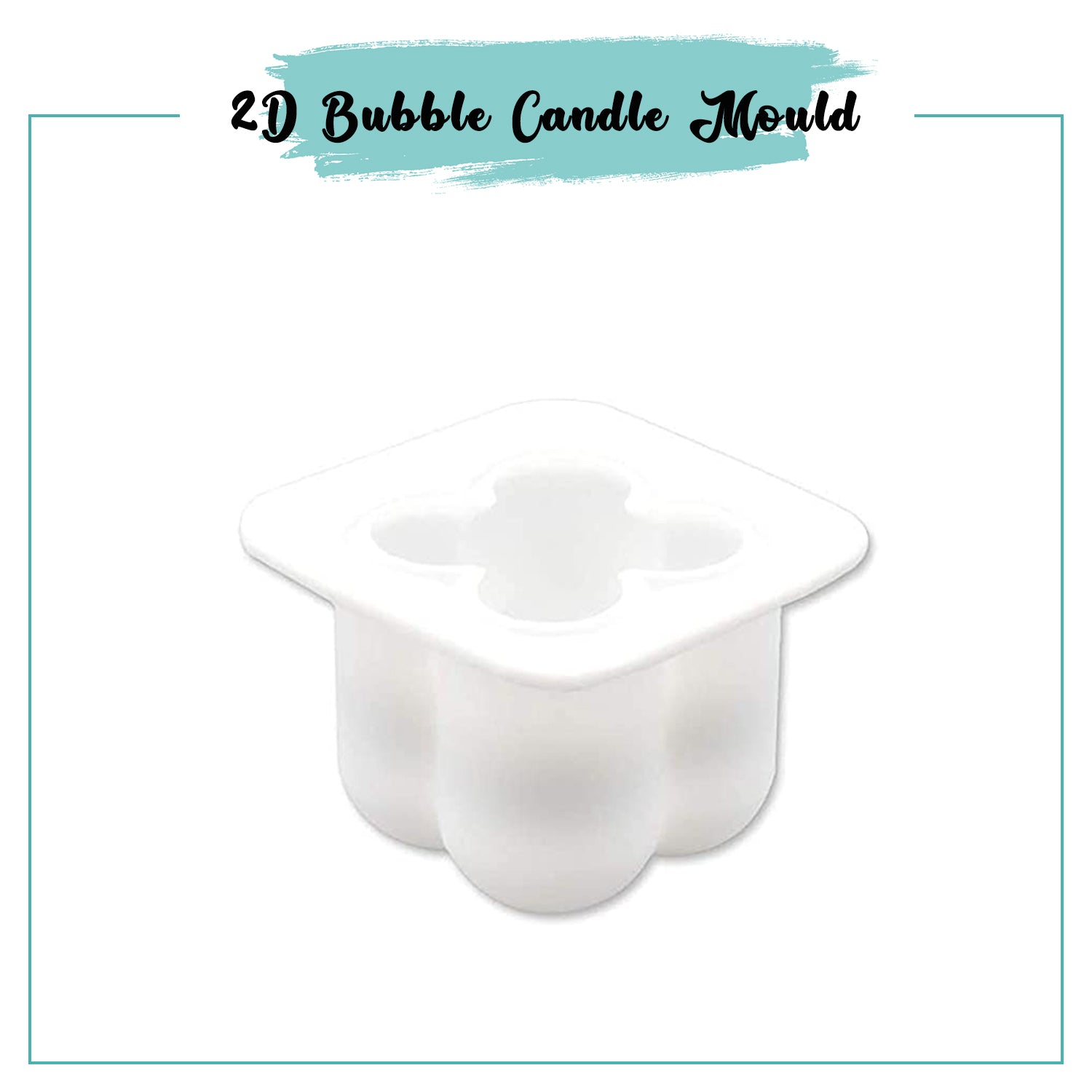


 Sign in
Sign in Register now
Register now My Reward Points
My Reward Points


